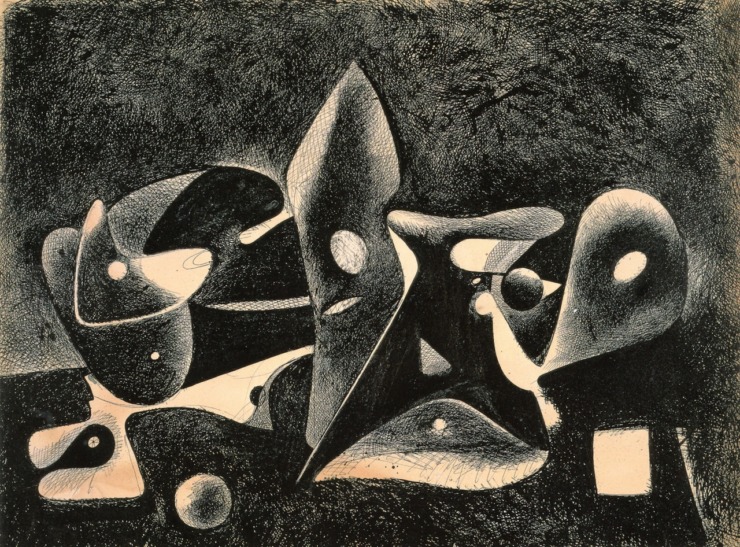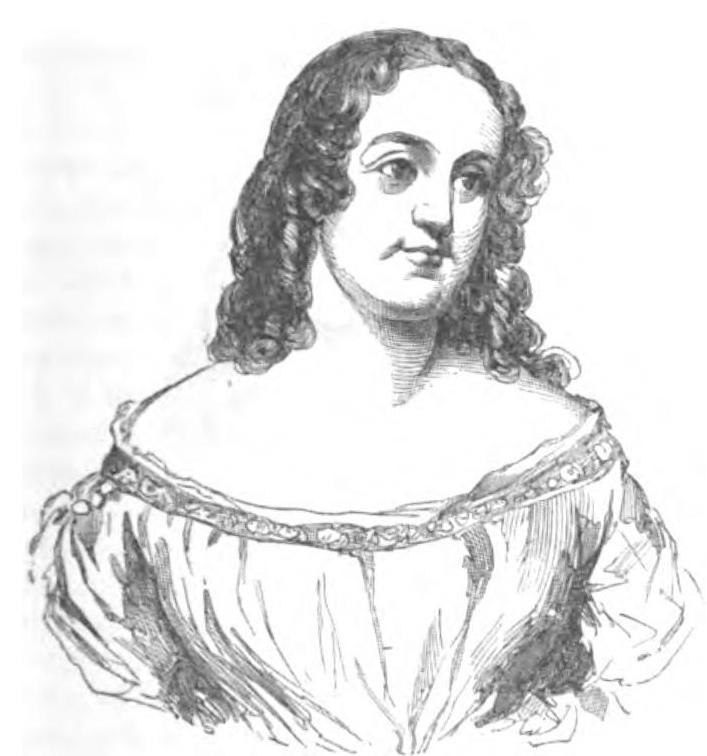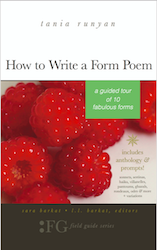< Return to Edgar Allan Poe Poems
An Enigma
“Seldom we find,” says Solomon Don Dunce,
“Half an idea in the profoundest sonnet.
Through all the flimsy things we see at once
As easily as through a Naples bonnet—
Trash of all trash!—how can a lady don it?
Yet heavier far than your Petrarchan stuff—
Owl-downy nonsense that the faintest puff
Twirls into trunk-paper the while you con it.”
And, veritably, Sol is right enough.
The general tuckermanities are arrant
Bubbles—ephemeral and so transparent—
But this is, now—you may depend upon it—
Stable, opaque, immortal—all by dint
Of the dear names that lie concealed within’t.
—Edgar Allan Poe
Enjoy Artistic Representations of “An Enigma” by Edgar Allan Poe
Nighttime, Enigma, and Nostalgia by Arshile Gorky, 1932
Estelle Anna Lewig, for whom Poe wrote this poem
Listen to Readings of “An Enigma”
Listen to a Musical Interpretation of “An Enigma” by Edgar Allan Poe
That’s it for readings of An Enigma by Edgar Allan Poe!
About Edgar Allan Poe
Edgar Allan Poe (1809-1849) published his first collection of poems, Tamarlane, and Other Poems, in 1827, when he was 18 years old. A tendency to run up debts (including for gambling) kept him in constant state of reinvention – college student, poet, short story writer, soldier/officer school, literary journal editor and critic.
The Poe who arises from Symons’ hand (his biographer in The Telltale Heart: The Life and Works of Edgar Allan Poe) is a man who first and foremost was determined to put Southern letters on the map, aiming to wrest control from the literary establishment in New York and New England (Poe aimed some rather pointed arrows at writers like Henry Wadsworth Longfellow). For his own writing, he wanted to be considered a poet. The poems were the important works; the stories were almost after-thoughts, almost dashed off primarily to raise funds. And he always needed money.
His personal life seemed to have stayed a general mess, but he had an enormous impact on both American and world literature. Consider the stories and poems that have been filmed, published, re-published, anthologized, celebrated and widely admired for more than 150 years: “Murders in the Rue Morgue,” “Fall of the House of Usher,” The Raven, “The Tell-Tale Heart,” Annabel Lee, “The Bells,” “Ulalame,” “To Helen.”
We associate Edgar Allan Poe with 19th century gothic. His stories are full of mystery, passion, horror, violence, death, and the supernatural. And yet his poems, especially “The Raven” and “Annabel Lee,” made him famous in pre-Civil War America and established his literary reputation.
Questions and mystery surrounded Poe’s own life and death, and continue even today – we may never know who left three roses and a bottle of cognac on his grave in Baltimore for decades until 2011 (alas, the “Poe Toaster” disappeared or died, to be seen nevermore).
You can read more about Poe’s biography in the articles Poets and Poems: Meeting Edgar Allan Poe and Forgotten Classics, The Telltale Heart by Julian Symons by Glynn Young, from which this biography was compiled.
I hope you enjoyed An Enigma by Edgar Allan Poe!
BUY ‘HOW TO WRITE A FORM POEM’ NOW!


